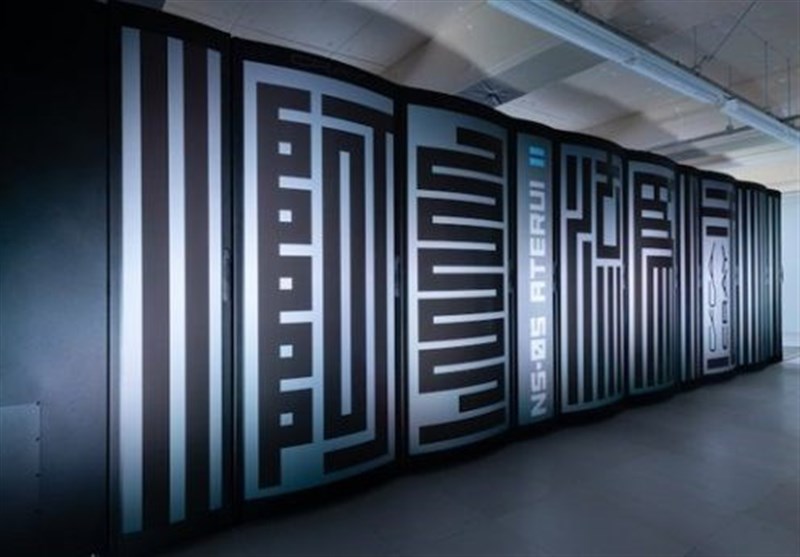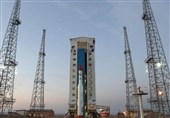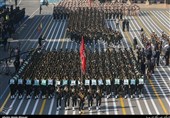Japan Builds Fastest Ever Supercomputer for Astronomy Research
TEHRAN (Tasnim) - Scientists will now be able to understand how the universe works, thanks to a new Japanese supercomputer called ATERUI II that is dubbed as the fastest system in the world dedicated to astronomy research.
Scientists have incredibly powerful telescopes at their disposal today like Hubble and the Very Large Telescope in Chile. Even more powerful instruments like the James Webb Space Telescope and Extremely Large Telescope are coming down the pike. However, observations will only get you so far. To understand how the universe works, scientists often need to turn to computer simulations. Those simulations are getting more powerful thanks to a new Japanese supercomputer called ATERUI II. It’s the fastest system in the world dedicated entirely to astronomy research.
ATERUI II lives at the National Astronomical Observatory of Japan (NAOJ) and currently ranks as number 83 on the top 500 list of most powerful supercomputers. Most of these devices are shared among multiple fields or exist only for government use, but ATERUI II is all about making astronomical research faster and better, Extremetech reported.
The new ATERUI II is a Cray XC50 system that is three times more powerful than its predecessor. Researchers brought it online in June with more than 40,000 total processing cores supporting up to three quadrillion operations per second (that’s more than three-thousand teraflops). It uses Intel Xeon Gold 6148 processors. Each one costs around $3,000 and comes equipped with 20 cores (40 threads) with a maximum frequency of 3.7GHz and 27.5MB of cache. ATERUI II also packs a whopping 385 terabytes of RAM.
All this hardware makes ATERUI II ideal for parallel computing. The team believes it will be one of the most capable multitasking supercomputers in the world. That should allow ATERUI II to break a simulation into multiple pieces and work away at it from multiple angles. More than 150 teams are already on the roster to use ATERUI II before the end of the year, and they’re reportedly excited about what the computer can do.
Older supercomputers dedicated to astronomical research had to take shortcuts because of limited processing power. For example, when modeling stars in the Milky Way, they would treat clusters of stars as a single unit. ATERUI II has the power to model gravitational variables for an entire galaxy of 100 billion individual stars. Simulations are often used to help inform future observations, so scientists will be able to decide on targets and observational methods with greater speed thanks to ATERUI II. It’s probably the next best thing to taking a trip to a distant star and much more workable.






